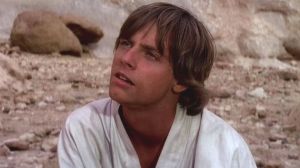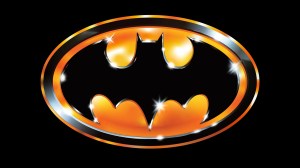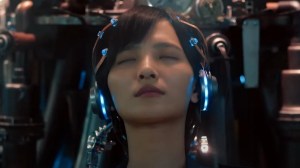The 1960s were the ignition point of anime as an industry. Compared to later anime booms — the colossal pop explosion of the ’80s (Gundam, Akira) or the introspective artistry of the ’90s (Evangelion, Cowboy Bebop) — the ’60s feel quaint by modern standards.
Videos by ComicBook.com
Yet, that’s precisely what makes them fascinating. The decade was anime’s childhood, raw and imperfect but bursting with imagination and sincerity. The 1960s creators weren’t trying to perfect anime. They were trying to figure out what anime could be, and in doing so, they set a creative ceiling that the medium has been trying to reach ever since. Every subsequent boom has been evolutionary rather than revolutionary.
7. Speed Racer

Speed Racer premiered in 1967 and ran for 52 episodes. The series follows Speed Racer, whose real name is Go Mifune, as he pilots the Mach 5 — a technologically advanced racing car built by his father Pops Racer. What sets this apart from typical racing stories is its blend of family drama and pure automotive fantasy. For many, Speed Racer was the first exposure to Japanese animation, paving the way for the anime boom that would follow in later decades.
6. Kimba the White Lion

Kimba the White Lion follows Kimba, the son of the noble lion king Caesar, who is killed by hunters early on. After escaping captivity and returning to the jungle, Kimba tries to rebuild his father’s kingdom. Created by Osamu Tezuka, often called the “God of Manga,” it was Japan’s first color TV anime series. The series influenced generations of animators and storytellers, most notably inspiring Disney’s The Lion King (1994), though Disney has never officially acknowledged this connection despite striking similarities in character designs, plot elements, and even specific scenes. The controversy surrounding this influence has unfortunately overshadowed Kimba’s own merits, which is a disservice to Tezuka’s original vision.
5. Princess Knight

Princess Knight as one of the first anime to center on a strong female protagonist while tackling themes of identity and gender role. The story follows Sapphire, a princess born with both a “boy’s heart” and a “girl’s heart” due to a mix-up in heaven. In her kingdom, only males can inherit the throne, so Sapphire is forced to live as a prince to protect her family’s rule from scheming nobles. However, her dual identity leads to constant inner and outer conflict.
4. Sally the Witch
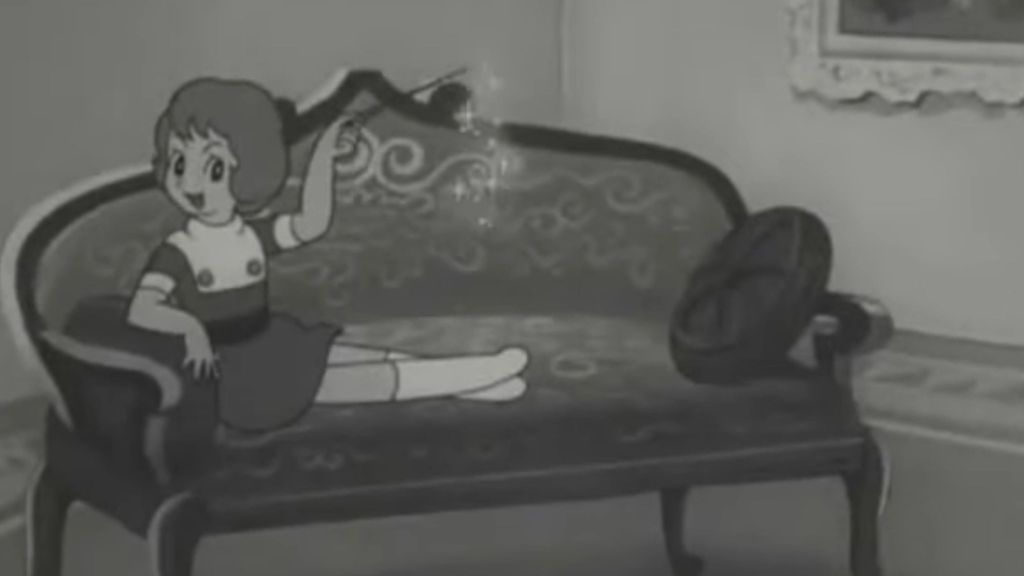
The magical girl genre had to start somewhere, and it all began with Sally the Witch. The story follows Sally, a young witch princess from the magical kingdom of Astoria. Longing for adventure, she transports herself to Earth, where she befriends two human girls, Yoshiko and Sumire. To blend in, Sally decides to stay on Earth disguised as an ordinary human child, using her magical powers in secret to help her friends and solve problems. The series was inspired by the American sitcom Bewitched, which had premiered in 1964, but creator Mitsuteru Yokoyama transformed the concept into something uniquely Japanese.
3. Cyborg 009
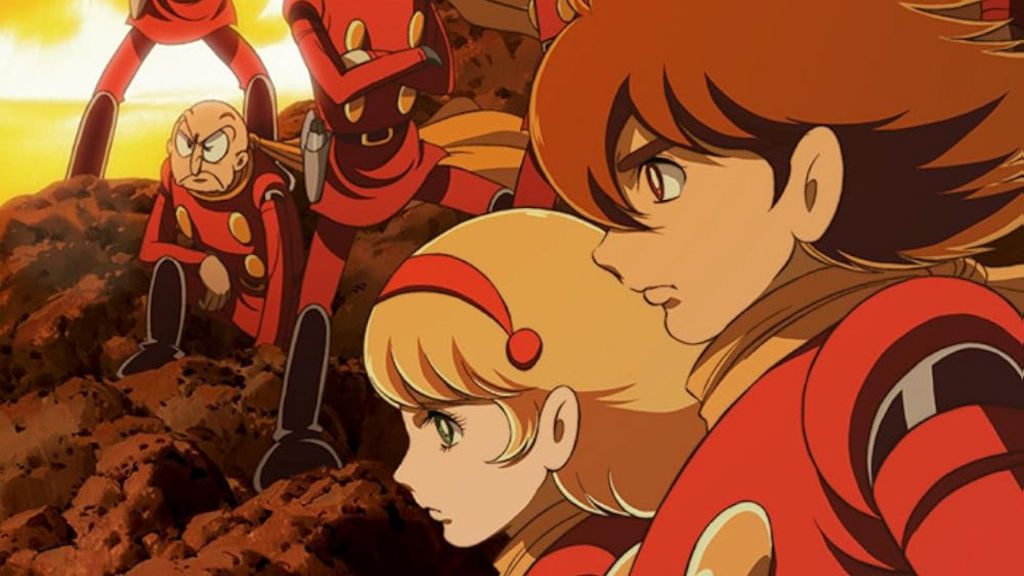
Cyborg 009 introduced viewers to a team of nine cybernetically enhanced individuals forced to fight against the very organization that turned them into weapons. The story revolves around Joe Shimamura (009), a rebellious young man who is kidnapped by the nefarious Black Ghost organization and subjected to experiments that turn him into a cyborg with superhuman speed. He soon discovers that he is not alone — eight others from different parts of the world have also been transformed into cyborgs.
Together, they escape from Black Ghost and unite to fight against its plans to incite global war by selling weapons to both sides. The series spawned multiple adaptations, including theatrical films in 1966, 1967, and 1980, plus a 2001 television series that updated the concept for contemporary audiences. Creator Ishinomori continued developing the manga until his death in 1998, making it one of the longest-running science fiction narratives in any medium. The show’s influence on subsequent anime cannot be overstated. Ghost in the Shell‘s exploration of cyborg identity, Akira’s themes of technological transcendence, and even modern series like Psycho-Pass owe substantial debts to concepts first explored in Cyborg 009.
2. Dororo
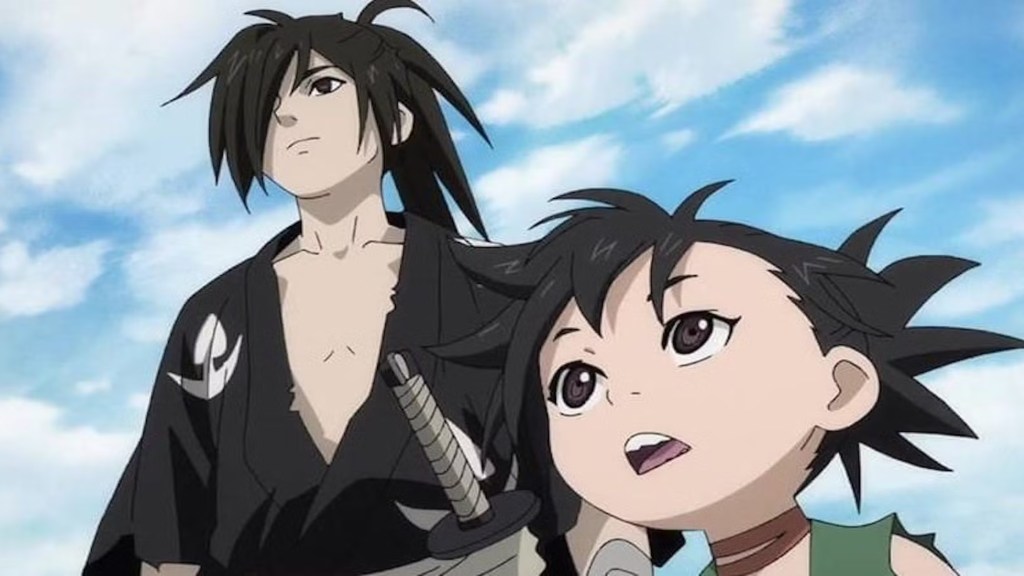
Imagine a father so consumed by ambition that he literally trades his newborn son’s body parts to demons in exchange for political power. Dororo crafted one of anime’s most brutal examinations of how poverty, and unchecked ambition destroy both individuals and society, wrapped in a samurai adventure. Tezuka’s original manga ran from 1967 to 1968 in Weekly Shōnen Sunday, though it ended abruptly due to declining popularity — a fate that would befall the anime adaptation as well. The series was too dark and complex for contemporary audiences. The series received renewed attention with the 2019 adaptation by Wit Studio and MAPPA, which completed Tezuka’s unfinished story
1. Astro Boy
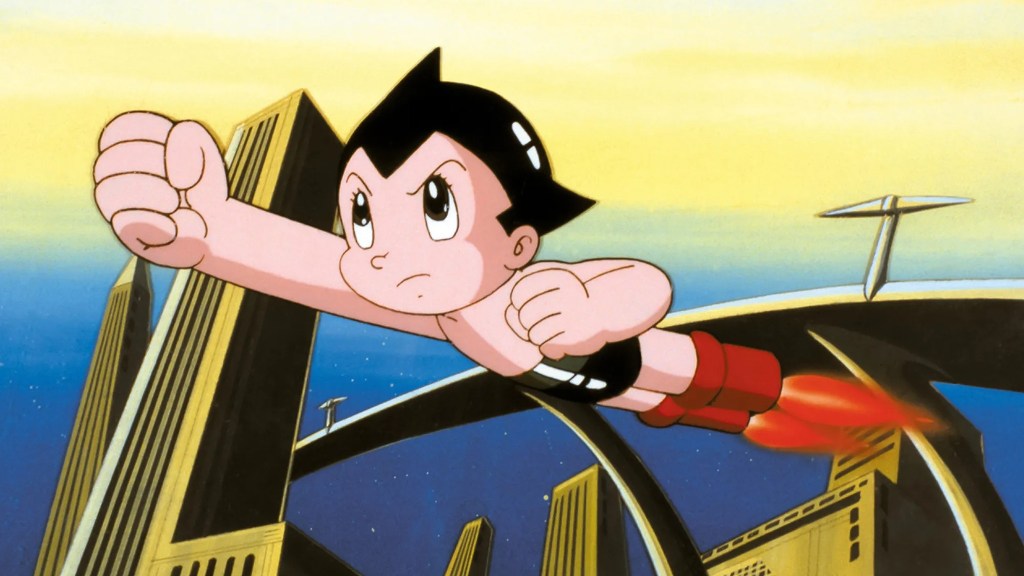
Created by Osamu Tezuka, Astro Boy golds the distinction of being Japan’s first weekly animated television series. The story follows Atom, a robot built by Dr. Tenma to replace his son Tobio who died in a car accident. When Atom fails to age like a human child, the grieving father abandons him, leading to his adoption by the kind Dr. Ochanomizu (Dr. Elefun in English versions). Powered by an atomic reactor that gives him superhuman strength, flight, and various built-in weapons, Atom dedicates himself to protecting both humans and robots in a future where the two coexist uneasily. The anime has multiple adaptations that collectively span over six decades, making Astro Boy one of the longest-running franchises in entertainment history.
What do you think? Leave a comment below and join the conversation now in the ComicBook Forum!




